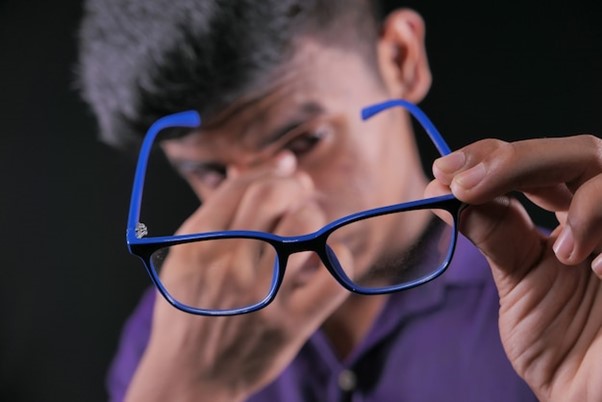Quality spectacles are essential for maintaining clear vision, comfort, and eye health. However, poor-quality spectacles can have detrimental effects on vision and overall well-being.
Impact of Poor-Quality Spectacles on Vision
Poor-quality spectacles can lead to a range of vision-related issues, including:
- Blurry Vision: Inferior lenses may not provide accurate vision correction, resulting in blurry or distorted vision.
- Eye Strain: Ill-fitting frames or incorrect prescription lenses can cause eye strain, discomfort, and fatigue, especially during prolonged use.
- Headaches: Poor-quality spectacles may exert pressure on the temples, nose bridge, or ears, leading to tension headaches and discomfort.
- Reduced Visual Clarity: Low-quality coatings or materials may degrade over time, reducing the clarity and sharpness of vision.
- Safety Concerns: Weak or brittle frames may break or deform easily, posing safety hazards and increasing the risk of eye injuries.
Investing in high-quality spectacles ensures clear vision, comfort, and safety, promoting overall eye health and well-being.
FAQ: Why is Frame Material Important?
The choice of frame material significantly impacts comfort, durability, and style. Here’s why frame material matters:
- Durability: High-quality materials such as titanium, stainless steel, and acetate offer superior strength and resilience, ensuring long-lasting durability and resistance to breakage or deformation.
- Comfort: Lightweight materials like titanium and acetate provide exceptional comfort, minimizing pressure points and ensuring a snug, comfortable fit throughout the day.
- Allergies: Hypoallergenic materials such as titanium and nickel-free alloys are ideal for individuals with metal sensitivities, reducing the risk of allergic reactions or skin irritation.
- Style Options: Different frame materials offer varying aesthetics, from classic metal frames to trendy acetate or lightweight plastic options, allowing wearers to express their personal style and preferences.
- Adjustability: Some frame materials, such as acetate, offer greater flexibility and adjustability, allowing for custom fitting and adjustments to ensure optimal comfort and performance.
Choosing the right frame material is essential for achieving the perfect balance of comfort, durability, and style in your spectacles.
FAQ: How Often Should Spectacles Be Replaced?
The lifespan of spectacles depends on various factors, including wear and tear, changes in prescription, and personal preference. Here are some guidelines for determining when to replace your spectacles:
- Change in Prescription: If your vision changes or your prescription needs are no longer adequately addressed by your current spectacles, it’s time to consider replacement to ensure optimal vision correction.
- Visible Wear and Damage: Inspect your spectacles regularly for signs of wear, damage, or deterioration, such as scratches on the lenses, loose or broken hinges, or worn-out nose pads. If significant damage is observed, replacement may be necessary to maintain functionality and safety.
- Comfort and Fit: Spectacles that no longer fit properly or cause discomfort, such as slipping or pinching, should be replaced to ensure optimal comfort and performance.
- Fashion and Style: If you desire a change in style or wish to update your look, replacing your spectacles with a new frame design or color can refresh your appearance and boost confidence.
In conclusion, poor-quality spectacles can have adverse effects on vision and comfort, highlighting the importance of investing in high-quality eyewear.
By choosing the right frame material and replacing spectacles as needed, individuals can ensure clear vision, comfort, and style while promoting overall eye health and well-being.
Remember to prioritize quality and regular eye care to maintain optimal vision and enhance your quality of life.




